Years before Hollywood became associated with blockbuster attractions, silent movies were shot in the Inwood section of northern Manhattan.
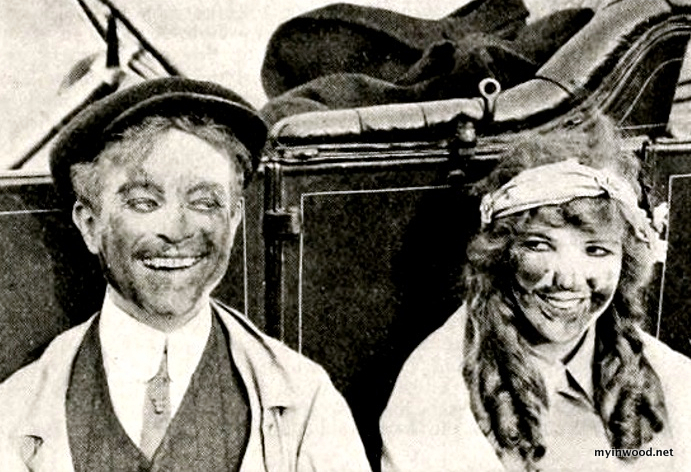
On dusty lots off Broadway, near Dyckman Street, a new style of entertainment, the motion picture, found a home; if only for a brief moment of film history.
A glorious and pivotal moment to be sure.
In the year 1920 the cast and crew of countless silent films roamed the Dyckman District — providing excitement and gossip in what had been a fairly sleepy locale.
The neighborhood, the northernmost community on the Island of Manhattan, was just nine miles from 42nd Street. The subway, which arrived in 1904, made for an easy commute.
The newly opened district proved an ideal environment for nurturing the infant craft.
The region in the nineteen-teens was undeveloped to the extent that the woodland of Inwood Hill could be used for Western shoots—A smattering of surviving wood-frame homes provided an ideal backdrop for small-town scenes—New apartment buildings, erected at a staggering rate, afforded city-scapes.
Empty lots were plentiful.
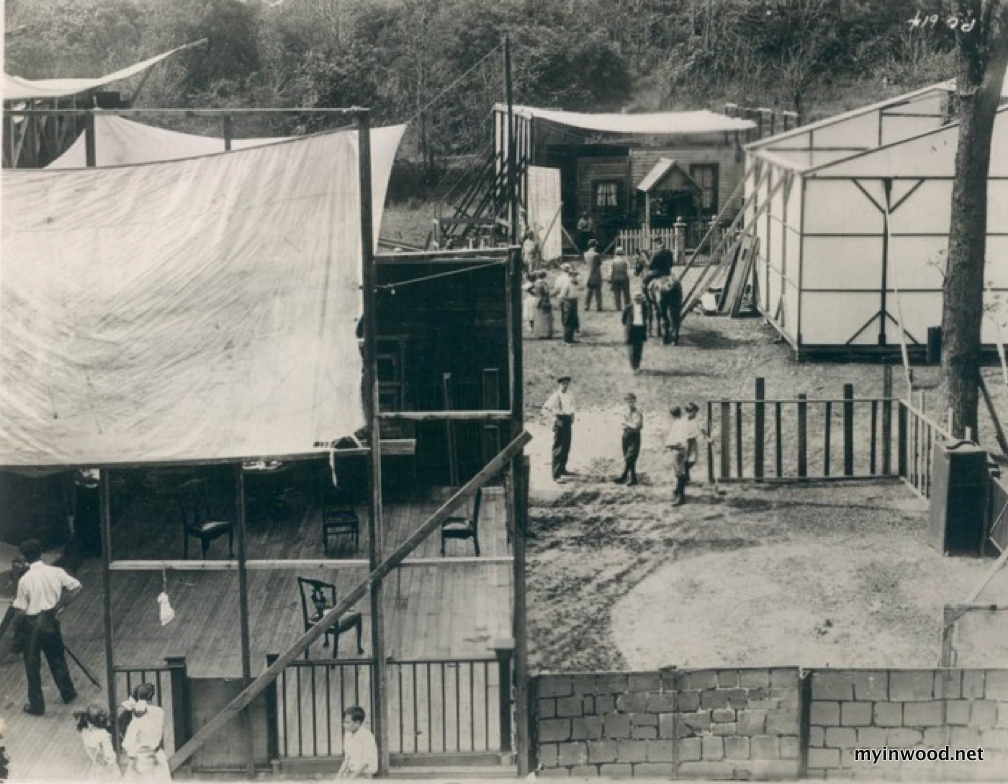
As early as 1909 the Independent Motion Picture Company, later Universal, constructed an outdoor set near Dyckman Street and Broadway.
Witnesses to this pioneering uptown film set claimed that silent star Wallace Reid, described as the greatest on-screen lover of all time, was discovered on the Dyckman Street lot.
“It was his duty, according to legend, to watch for approaching cars and warn the director so the latter could halt activities while they passed.” (Daily Sentinel, February 14, 1927)
Actors, many former vaudeville performers, and directors flocked to the neighborhood to get in on the action.
Many settled into rented apartments and became part of the community.
Their stay was brief.
By the early twenties the uptown film industry faded into memory. Film production rival Fort Lee, NJ, a quick trip across the Hudson River on the Dyckman Street Ferry, momentarily stole the show. By decade’s end the industry abandoned the east coast entirely.
Most in the business migrated west and spent their twilight years in California—owing their careers to the largely forgotten film lots of northern Manhattan.
Early uptown film actors and directors—pulled from the 1920 Federal Census—included:
518 West 204th Street
Joseph Montgomery Levering
Marion Swayne Levering
Husband and Wife
Joseph Montgomery Levering
Director and actor
40 at time of census.
Credits: 45 Director, 36 actor, 5 writer and 1 cinematographer spanning 1914-1939.
Began work as an actor in 1911 with the Edison Film Company. Began directing films in 1914. Worked with Cecil B. DeMille.
Marion Swayne Levering
Actress
25 at time of census.
65 film credits spanning 1911-1924 including: Matrimony’s Speed Limit (1913), Falling Leaves and A House Divided (1913). Died in 1973 at age 82.
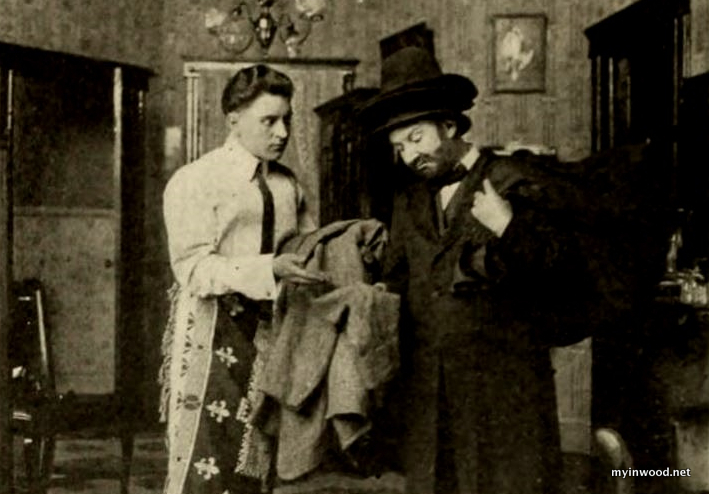


30 Post Avenue
Winifred Leighton
Actress
24, single, born in Ireland in 1886.
Credits: The Golden Wall (1918), The Social Pirate (1919), and Through the Toils (1919).
117 Sherman Avenue
Henry Pemberton
Actor
45, born in 1875 in Virginia.
Acted in 19 films between 1915 and 1924 including: “I Accuse” (1916), One Hour (1917), The Way Women Love (1920) and The Dead Line (1920).

117 Sherman Avenue
William F. Haddock
Director and Actor
Nickname “Silent Bill”
43, born in Portsmouth, New Hampshire in 1877, divorced.
Died in 1961, age 91 in NYC
Shared and apartment with Henry and Cathleen Pemberton. (Above)
88 Director credits, 4 acting credits spanning 1909-1919
Credits: The Immortal Alamo (1911), The Carter Case (1919), I Accuse (1916) and A Trade Secret (1915).
Appeared as an old man in the 1961 film adaptation of The Miracle Worker.
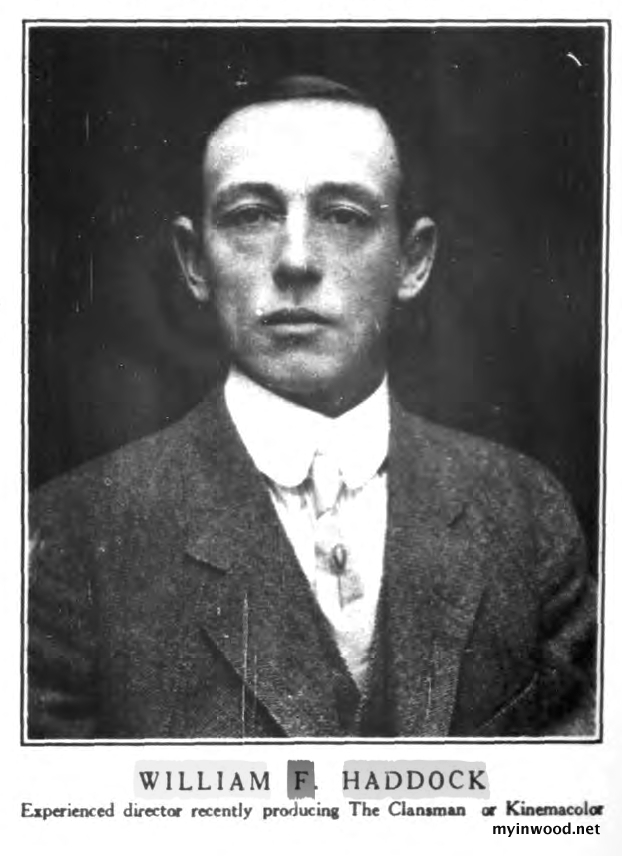
600 Academy Street
Harold Vermilyea
Actor
30, born in 1890 in NYC. Died 1958.
IMDB Bio: “Very active in the theater (he performed on Broadway from 1917 to 1957), Harold Vermilyea occasionally worked in television and in the movies, where after a false start in the nineteen tens, he landed a few interesting parts in a series of post-Second-World-War film-noirs for Paramount, RKO and 20th Century-Fox, such as “The Big Clock” or “Sorry, Wrong Number“.”
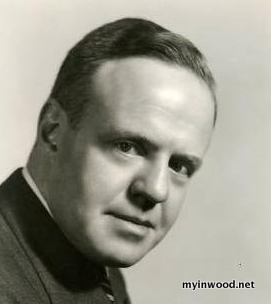
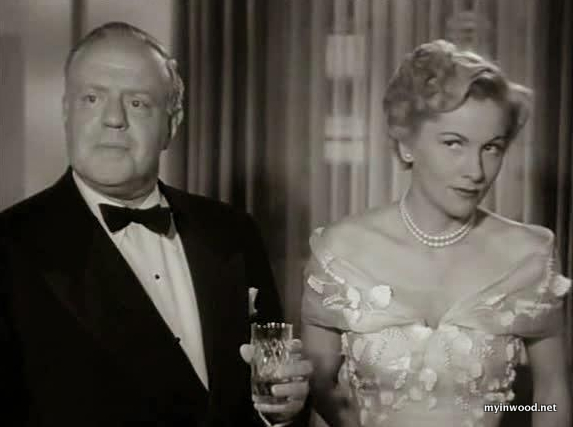
656 West 204th Street
Dallas Fitzgerald
Director
42, born in Kentucky in 1878.
Lived with wife Henrietta.
Writer of the Frank Buck film serial Jungle Menace.
Directed mostly action melodramas.
Stated in 1921 interview that the “public likes pictures made outdoors.”
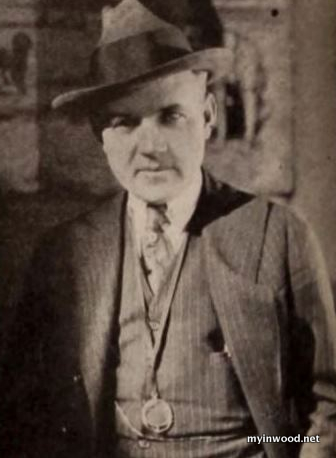

221 Sherman Avenue
Five actors in same building
Clarence Bellair
Caroline Mackey Bellair
Myrtel Bellair
Roy Foster
Josephine Randall Foster
250 Sherman Avenue
Yale Benner
Actor
44, born in New York in 1876.
85 acting credits including: Vanity Fair (1915), The Pillory (1916) and The Man from Beyond (1922).
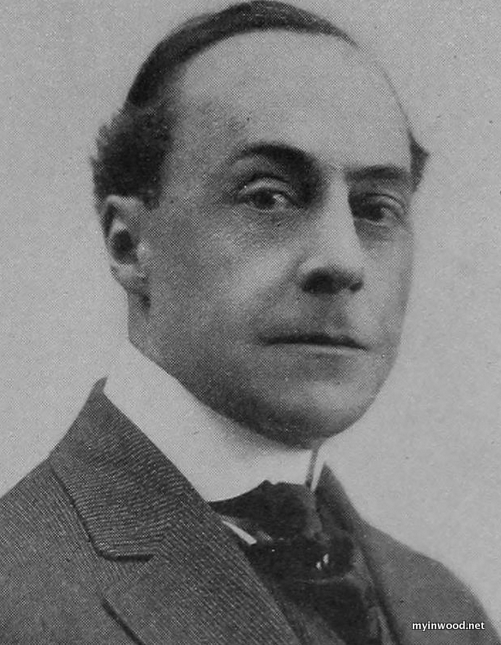
595 West 207th Street
Walter Downing
Actor
45 years old, born in 1874 in Rochester, New York. Died in Hollywood in 1937. Lived with wife, Augusta, 35.
Credits: Two-Fisted Sheriff (1937), Kentucky Blue Streak (1935), Pied Piper Malone (1924) and One Man Justice (1937).
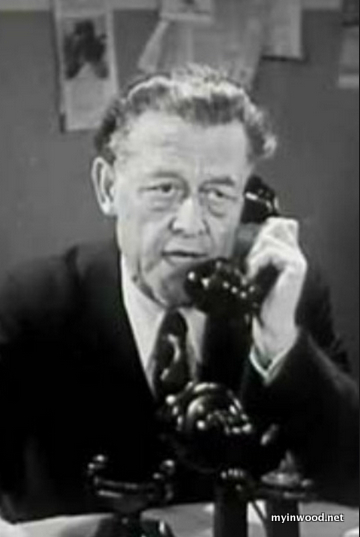
595 West 207th Street
Warren Cook
Actor
Age 49, born in Boston, Massachusetts in 1871. Died in New York in 1939.
Appeared in 77 films between 1914 and 1927 including: The Man Who Disappeared (1914), The Flapper (1920), Dark Secrets (1923) and Wild, Wild Susan (1925).
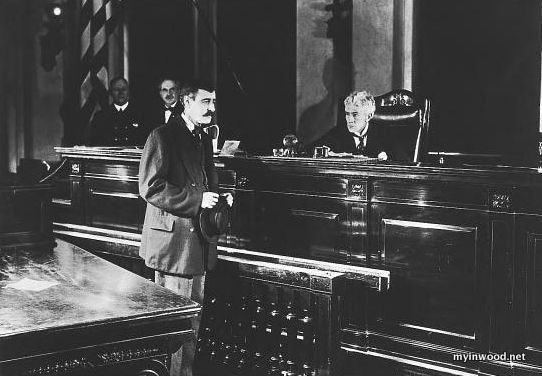
526 West 211th Street
Frank Richard Allen
Actor
Age 49, born in Crawfordville, Indiana on 1871. Died in the Bronx in 1940 at age of 69.
33 film roles, mostly uncredited, including: The Orphan (1913), The Trail of Lonesome Pine (1914), The Monster and the Girl (1941).
501 West 214th Street
William B. Naughton and Rita F. Naughton
Husband and Wife actors
William: Age 38, born in New York in 1882.
Rita, age 38. Born in France.
5000 Broadway
Ellen and Lydia Crane
Actress sisters:
Ellen Crane, 34, born in California in 1886.
Lydia Crane, 28, born in California in 1892.
Pair played Turkish dancers in 1914 film titled After the Ball.
5000 Broadway
Milton Wallace
Vaudeville performer turned film actor.
33, born in 1887. Son of Austrian immigrants.
Lived with wife, Anna, 25, Austrian, native tongue Polish, and son, Murray, one year old.
Fifteen film credits including: Blessed Event (1932), Seven Doors to Death (1944), The Lost Weekend (1945) and The Killers (1946).
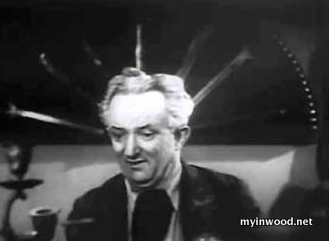
Click below to purchase a copy of Lost Inwood.








